#fairytale witch
Text
Given I have made two posts already about "Hansel and Gretel", or variations of the story, I'll make this fairytale the Grimm fairytale of this season. And since everybody knows Hansel and Gretel, and I already spoke somehow about it, I'll just leave below several notes, trivia and facts.

I have spoken before about the "original" version of the Brothers Grimm fairytale - aka the first edition of the text, and how it changed and evolved up to the story we know today. Many of these changes are well-known by the public - for example how the wicked stepmother was originally a wicked MOTHER (but the Grimm changed it because they had a mother-worship thing going on) ; or how the whole "duck scene" where the kids are helped crossing the river by birds was added later and not present in the original text. Some are less known, such as the fact that the "heavenly wind" rhyme was not part of the original text, or how Hansel's prison was originally not some sort of stable like in the final text but a tiny hicken coop.
In terms of "sibling stories" when we look at the great patches of historical fairytales and older literary works, you will find a lot of people pointing out to the Italian fairytale "Ninnillo and Nennella" by Basile - but I have to strongly disagree with this claim, because while Basile's fairytale does contain the motif of "boy/girl sblings abandoned several times in the woods, using various objects to find their way back, until it fails and they are lost forever", beyond that the fairytale has little to no relationship with Hansel and Gretel. A more direct ancestry and relationship has to be found in the French fairytale. More precisely in Perrault's Little Thumbling, Le Petit Poucet, which is also a story about children abandoned in the woods due to a lack of food, that found their way back several times before the birds eat the bread, and that end up in the house of a man-eater, an ogre trying to kill them. But we are still quite away from the German tale - and it is another French literary fairytale that forms the "missing link" in this chain. Madame d'Aulnoy's "Cunning Cinders" (Finette Cendron). This story doesn't involve children, but four young women - however it still follows the Hansel and Gretel formula very closely. Abandoned by their parents in the wilderness, manage to get back several times before it fails, end up trapped in the house of man-eaters, and the titular character defeats the ogre by pushing hm into a fiery oven... Of course, beyond that d'Aulnoy has a ton of additional content - such as the ogre having a wife that must be beheaded ; the lost girls being helped by a fairy godmother ; and the second part of the story being an alternate Cinderella.
But all in all it shows a point I made previously, and talked about in my ogre posts: the structure and type of the "Hansel and Gretel" story is originally an ogre tale. All older versions of the story involve ogres, not witches - but since the German do not have "ogres" in their folklore, the ogress was replaced by a witch. And despite this replacement, the witch of the story keeps several ogre traits - such as a motif of "the elderly devours youth", the idea of the witch having a poor eyesight but a keen sense of smell, or the entire "maternal perversion" motif. Which is my next point.
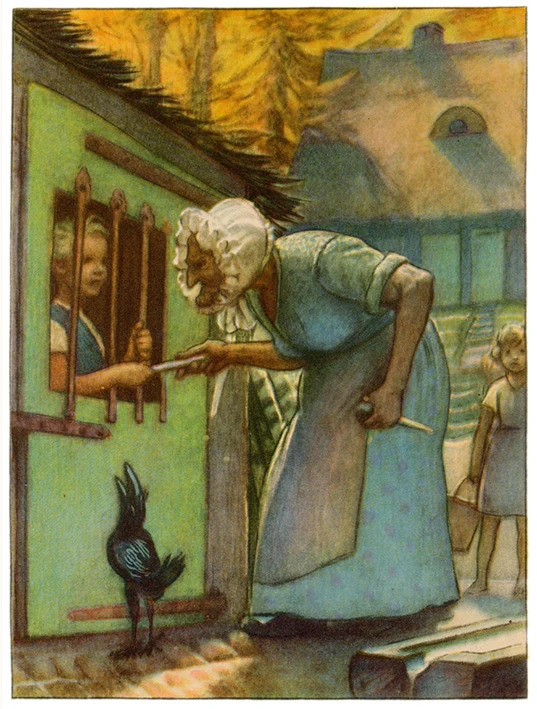
"Hansel and Gretel" is a familial tragedy, like many other fairytales. But the family of Hansel and Gretel is an actually extremely bizarre one. You can see, once you know your folklore and fairytale lore, that despite it being considered a "classic" and a "foundation", this tale is actually a fragmented and pieced-together story that leaves numerous gaps and is much more muddled and confused than its equivalents and predecessors. What I mean by that is that, when you look at the familial relationships in this story, you will discover several remnants of an older and more commonspread familial structure that was erased, and only leaves bizarre analogies in the new set of characters the tale offers.
To be clearer. We know that Hansel and Gretel are siblings, and that they have two parents - the father and the stepmother, formerly mother. The witch is an unrelated character acting as an outside element - or so it seems. The fairytale actually establishes a parallel and a connection between the wicked stepmother and the witch. They are parallel characters, two wicked women that want the death of children, but whereas one wants to throw the kids out of the house to leave them to starve or be devoured by beats, so she can have more food herself, the other imprisons the children in her house and overfeeds them to devour them later. A more direct link is established whenn the children return home, at the end of the tale, and discover that their step-mother is dead.
Some dark and edgy adaptations will have things such as the stepmother being killed by her husband, or killing herself, stuff like that - but by the tale alone, on just reading the words, and the first impression it leaves on a child, is that the stepmother mysteriously dies in unexplained ways right after the children burned the witch in her oven. The fact that the two wicked women end up deceased for the tale to end happily, the fact the stepmother's death is left unexplained while the witch's death is graphic and fully presented, the fact the stepmother's death is announced after the witch was killed... It all leaves the impression that the two were connected, and that by some sort of "parallel magic", killing the witch triggered the stepmother's death.
This is something many adaptations picked up upon, and you find versons where the witch and the mother look a lot alike, or are played by the same person, or are the same being. (One can compare it to Russian variations of the stories of Baba-Yaga, where wicked stepmothers sometimes send their nice stepdaughters a la Vasilisa the Fair, to the Yaga's house claiming the Yaga is their "sister"). All in all this continues the idea that the witch is a perverse take on the mother figure - nourishing and protecting children only to gulp them down into her stomach. Which, by the way, is the very symbolism and essence of ogres: fathers that kill, mothers that eat.

But while this is the most famous of the "perverse family connections" in the tale, there is another people tend to forget: the connection between Gretel and the witch. I talked heavily of the difference of treatment the witch has between Hansel and Gretel in a previous post ("Why was Hansel the meal of the witch?"). People have noted the strange discrepancy of Hansel being the one locked up and fattened up to be eaten, while Gretel became an abused slave. Many modern adaptations played on this element by having the witch planning on not eating Gretel, but making her an apprentice in witchcraft, an heir to her house, and treating her like a daughter/witch in training. After all, she does malnourish her, so she seems not keen on the idea of eating her at first...
But these modern adaptations actually picked up on something deeper and more fascinating. You see, the witch not locking up Gretel and treating her as her slave seems to be a leftover from older variants of the tale, because there is a widespread archetype in fairytales known as "the witch's daughter" or "the ogress' daughter". In many ogress or man-eating witches tales, the antagonist has a daughter that assists her in her chores. Sometimes the daughter will secretely help the protagonist escape and be an ally - but these are quite rare, and most of the time the daughter is the one the witch/ogress charges of killing-cooking the protagonist. Then the protagonist tricks the daughter, kills and cooks her instead of themselves, and serve her to their monstrous mother, who believes she is eating the protagonist, when in fact she devours her own daughter. It is a very typical structure in those tales, found from the Baba Yaga legends to the Kabyle tales of the teryel.
The witch's daughter archetype also exists in fairytales where the witch is not a man-eater, but rather an antagonist that imprisons people, or that imposes impossible tasks - and here, the daughter will be a more benevolent figure that will secretly help the protagonist escape the witch and/or overcome the trials and tasks the mother imposes. In fact, in several of those stories, the protagonist fights for the right to love and marry the witch's daughter.
All in all, the fact that Gretel is treated as a slave and assistant to the witch, that she is to help feeding and fattening her brother, etc, etc, implies that her character in the story of the Grimm is a leftover of the "ogress' daughter" or "witch's daughter" of older stories. As a result it makes even more sense for adaptations to have the witch treat Gretel as some sort of surrogate daughter, and it makes the whole family picture of the German story very messed up. The witch who tries to eat the children might be their mother/step-mother, and Gretel might be the witch's daughter.

Another motif that has been picked up by various adaptatons is the motif of birds. I remember long ago I stumbled upon a fascinating art series depicting the witch as a half-bird half-human creature - unfortunately the pictures are now lost in the vast pit of the Internet. More recently, another artist posted an image of Hansel in his cage, with the witch appearing a large, black bird above the cage, wearing a witch's hat.
All those art pieces reflected a true fact: "Hansel and Gretel" is a bird story. You have the birds that devour the bread crumbs, but also the pretty bird that leads the children to the witch's house, and the ducks that helps them cross the stream in the added ending of the Grimm. Some variations also have Hansel claim, when he keeps looking back at the house, that he is seeing a "pretty bird" instead of a "pretty cat" like in the Grimm's final text. As a result, some people did identify the birds that eat the breadcrumbs and/or the bird that leads the children to the house with the witch. The anime "Grimm's Fairy Tale Classics" notably depicted the pretty bird luring the children to the house as the witch's familiar.
A last note: The idea that the witch's house is made of tons of various candies and sweets was popularized by various modern adaptations and retellings of the story. In the Grimm tale, the house isn't made of candy. It isn't even made of gingerbread as so many people believe! While it is common for people to think of this tale as "the one with the gingerbread house", I don't know where that comes from. In the text of the Grimm, the house is merely made of bread, plain old bread, with sugar for the windows. There are however cakes that are said to cover the house, as ornaments. Maybe people in retellings decided to mix together the "cake"and the "bread" and decided to make it "gingerbread"? I don't know.
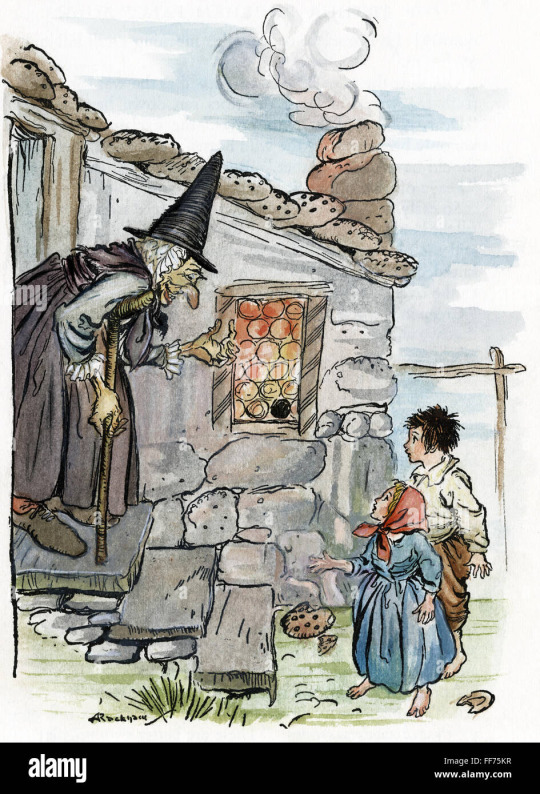
#hansel and gretel#fairytale analysis#gretel#fairytale witch#the gingerbread house witch#grimm fairytales#german fairytales#the brothers grimm#hansel#birds in fairytales
270 notes
·
View notes
Text
Cinderella & Other Fairytale Necromancers. ⁺ ✦ * . ˚ ⨯ ੭ * ‧

The clever witch might find fairytales, and especially these sorts, to be of great inspiration in their works.
The very first page up on my neocities is devoted to ten tales which I found to be fitting for the focus of teasing out the necromantic threads to be found within fairytales. It was difficult to limit myself to just these ten, but maybe in the future I'll revisit this same topic, I'm spoiled for options here.
These ten are, in order...
✦ Two variations of Cinderella/Aschenputtel
♡ Vasilisa the Beautiful
✦ The Wonderful Birch
♡ The Juniper Tree & a variant, The Rose-Tree
✦ The Two Caskets
♡ Jack and the Ghosts
✦ Four Eggs a Penny
♡ Friends in Life and Death
You can find it here! 🏰

On this page I've included links to where each may be read online for free, for your convenience. ♡
I have a lot more fun planned surrounding this theme, to share with you in the near future! I won't spoil the surprises, though ✧˚₊‧⋆

15 notes
·
View notes
Text
absolutely stunning midsommar dress by Kong Min Seon via instagram
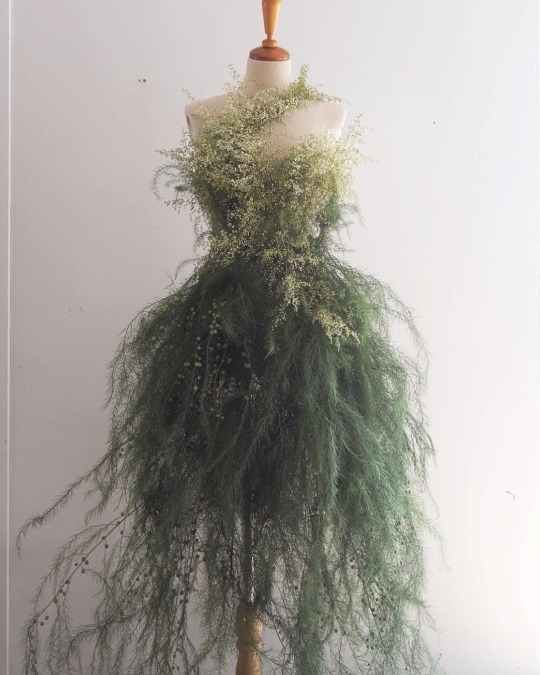
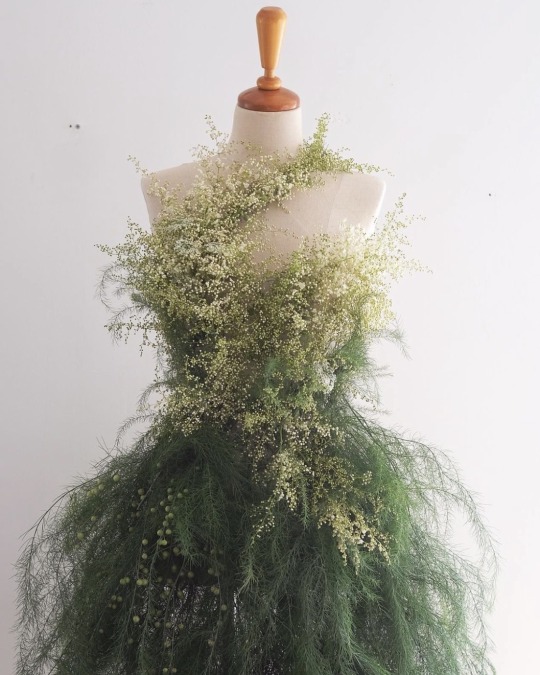

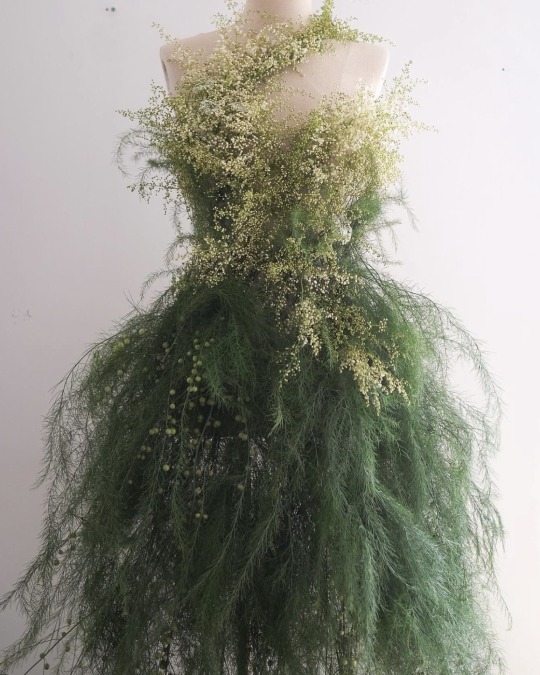
#garden#midsommar#nature#light academia#aesthetic#forest#cottagecore#dress#fashion#fantasy#fairytale#fairycore#fairy#gardencore#grandmacore#cottage#witch#witchblr#witchyvibes#witchcore#forest academia#fairies#light academia aesthetic#fairytales#pixies#pixiecore#fancy#naturecore#fantasycore
12K notes
·
View notes
Text


#cottagecore#cottage aesthetic#cottage#cottagestyle#nature#naturecore#forest cottage#dark cottagecore#dark cottagecore aesthetic#dark forest#dark fairytale#grunge#dark grunge#grungy aesthetic#dark magic#witchyvibes#cottage witch#witch aesthetic#witchcore#white
7K notes
·
View notes
Text

Un projet BD avec Barbara Canepa et Anaïs Halard.
#conte#fairytales#fairytale#illustration#fantasyart#fantasyartwork#barbaracanepa#florentsacre#anaishalard#bandedessinee#comics#nature#inkart#colors#graphicnovel#bdjeunesse#witch#witchcraft#childrenbook
5K notes
·
View notes
Text


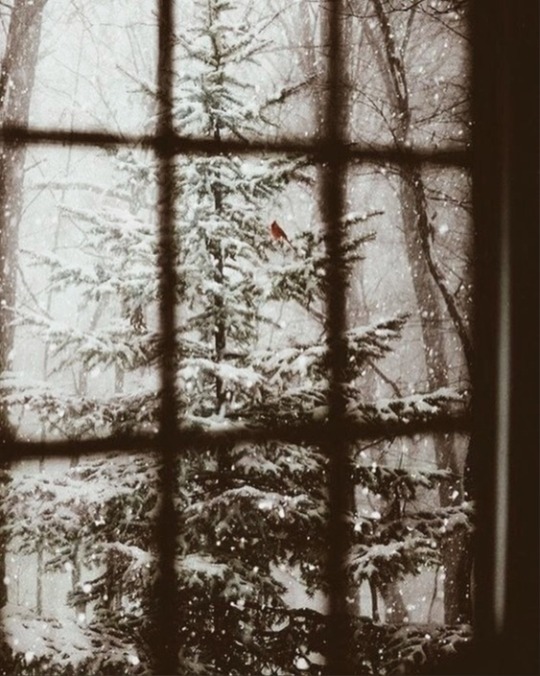





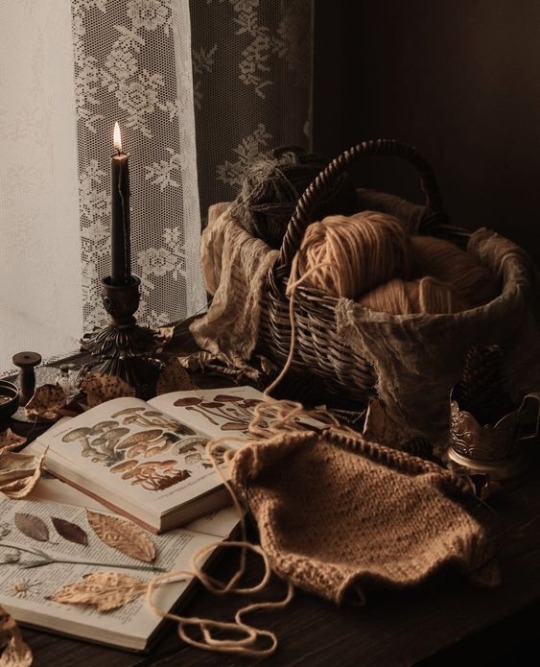
❄ ❅winter fairy tale ❄ ❅
#cottagecore#forest witch#witchcore#green witch#forest cottage#forestcore#cottage witch#cottagestyle#cosy#cosycore#winter cottage#winter aesthetic#cozy winter#winter cottagecore#winter#winter fairytale#vintage winter#winter witch#winter moodboard
2K notes
·
View notes
Text
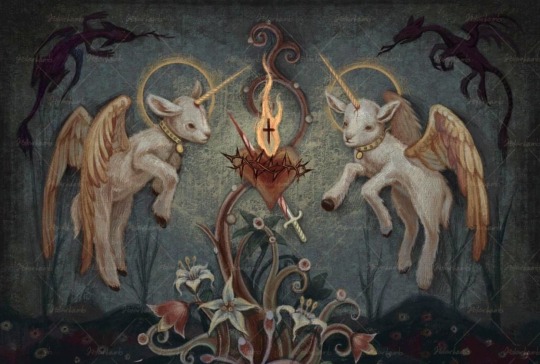

The Cult by Polar Lamb
#painting#art#artblr#oil on canvas#oil painting#lamb#rabbit#fairycore#fairytale#fairytales#dreamcore#whimsical#midsommar#artist#art community#witch#witchblr#witchcore#witchcraft#artists#aesthetic#art gallery#art blog
1K notes
·
View notes
Text

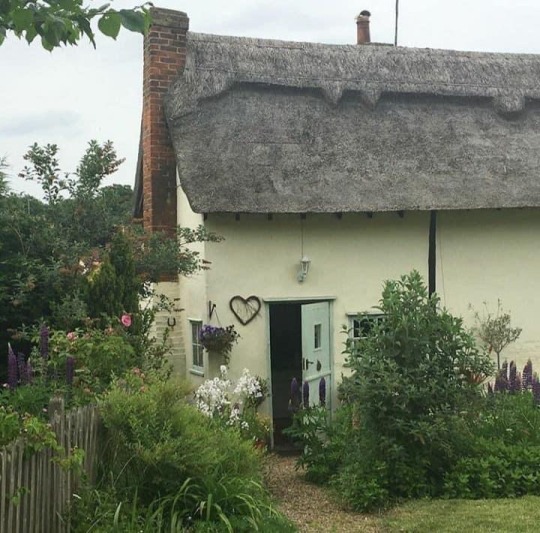


#cottagecore#cozycore#cottagecore vibes#slowlife#country cottage#summer cottage#aesthetic#cozy aesthetic#cozy cottage life#fairytale#fairycore#grandmacore#flowercore#serene#cottageliving#cottage dreams#naturecore#nature#cozy atmosphere#cottage witch#spring cottage#cottage chic#country aesthetic#spring aesthetic#cozy spring#cottageblr#cosycore#greencore#cottage core#goblincore
2K notes
·
View notes
Text

Source: Pinterest
#cottagecore#fairy core#fairytalecore#fairy aesthetic#cottage aesthetic#cozy cottage#fairycore#cottage life#cozycore#fairy cottage#fairy tales#fae#fairies#faecore#fairytale#cottage garden#country cottage#cottage in the woods#cozy#cottage witch#rustic#garden#cabincore#cozy vibes#cozy living#rural aesthetic#rural#rural landscape#rural life#farm
3K notes
·
View notes
Text
Yandere Fairytale Series:
Rapunzel
Part 1 Part 2
Yandere Witch x Rapunzel Reader x Yandere Prince

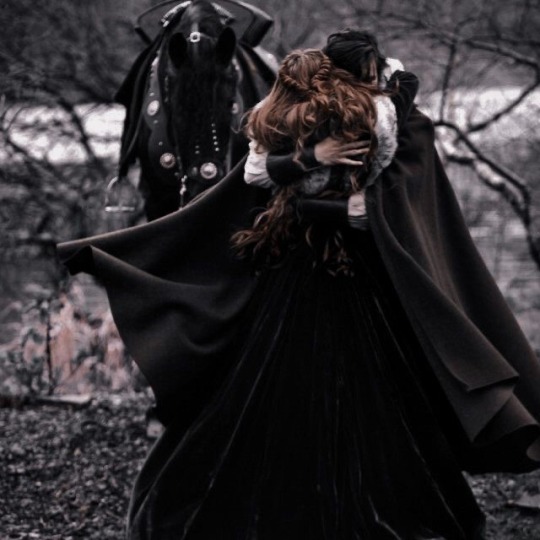
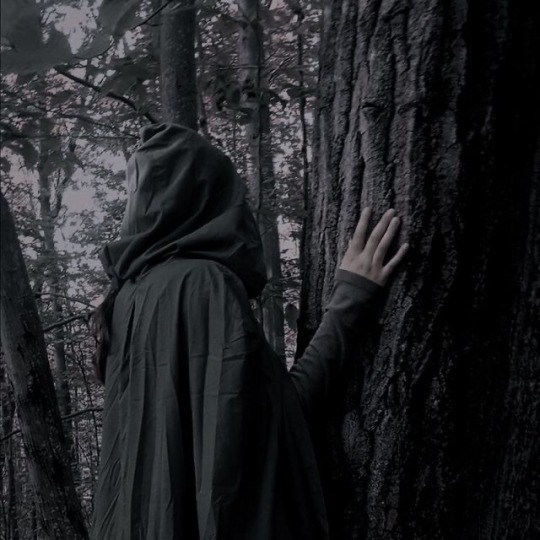


For many, long years you had resided in an isolated tower deep in the forest with an elderly woman named Agnes and her daughter Hilda. The three of you had lived here together and created a nice home for yourselves in a place no man could ever harm you… or at least that’s what Agnes instilled in you and Hilda since you were children. Men were evil and couldn’t be trusted. They would lure you in with sweet words and promises, but then they’d swallow you whole like a beast.
Since you were ten, Hilda and Agnes never let you lift a finger nor did they let you outside. “It’s dangerous for you. You’re far too delicate for the forest. Leave it to us, (your name).” Agnes would always tell you before she took Hilda with her to forage and hunt.
Despite your years with the two of them, Agnes told you that you were not biologically her child. “Hilda and I found you in the forest one day. You were just a baby and we couldn’t leave you… so you can stay here with us, forever. You’re ours, my dear.”
They’d brush your hair as it slowly began to grow longer than the length of the tower. Your long hair was used to come and go after Agnes and Hilda sealed off the door to ‘keep you safe.’
Every time you’d ask to go out or inquire about what they’d see, Agnes would shut you down. “Curiosity killed the cat, dear. You just wait here, we will be back.”
The mother and daughter often took trips for supplies. Whether it was berries or necessities, their trips only took a few hours… sometimes they took a few days. It just depended on what they needed. The pair never let the supplies dwindle much. Agnes hated being irresponsible when it came to stock.
It was when you were over the age of twenty that Agnes’s health took a turn. Hilda would often weep with you as she held you close. You and Hilda had grown so close… Hilda swore she wouldn’t let her mother down. That’d she’d carry on her will. (A will you didn’t have a clue about)
When Agnes passed away, Hilda immediately took charge over the chores around the tower. The beautiful young woman often fretted over you as she made sure the two of you were cared for. She took over brushing your long locks and gathering supplies.
Sometimes Hilda would braid her long black hair with hers. So ‘the two of you were connected.’ It was always fun whenever Hilda would let you play with her hair.
“Don’t worry, I’ll be back! I can bring you back your favorite berries.” Hilda would gave you a reassuring smile before she headed out into the forest. You watched her form until she disappeared into the trees.
So you’d get back to painting the walls with a hum. Your hair draped behind you like a waterfall as you sat on your homemade swing.
You nearly jumped out of your skin when you heard a loud clank on the side of your tower. What on earth was that?!
You jumped off your swing and ran to look at the balcony. A grappling hook was slung around the metal frame as a hooded figure began to scale the tower. Who we that?!
You went to shut the balcony door but ended up slipping on your own hair. Your back hit the floor as you whined in pain. Your eyes wide in terror at the knight that now stood in front of you as he quickly winded up the rope. The knight mumbled some curses before he shoved the grappling hook in his bag.
“W-who are-“ the knight pushed you further into the tower as he put a gloved hand over your mouth. Your body trembled when you looked into their lilac eyes. You’d never seen such pretty eyes before…
There was shouting below and the sound of hooves. Was this knight being pursued? You couldn’t tell since the knight held you firmly in their arms until the voices disappeared into the distance.
The knight breathed a sigh of relief before they released her. You quickly shoved the knight away from you as you scooted your body as far away from them as you could. You swore your heart was about to leap from your chest.
“Who are you?” You shakily asked but the knight gave you a small bow. Their hands slipped off the silver helmet on their head to reveal a rather striking individual with sharp features and long, lavender hair.
“I apologize for my intrusion. I’m Prince Vinicio of the Corcoran kingdom.” The knight’s voice was a lot deeper than she expected. How could a woman have such a deep voice?
“Prince? Don’t you mean princess?” You softly asked which made the knight erupt into laughter.
“No. Despite my rather feminine appearance, I’m male.”Vinicio smiled warmly at you. “I just noticed how long your hair is. Have you been growing it out for a long time-“
You jumped when he reached a hand out to you which made him frown. Vinicio’s mind began to wander as he glanced around your home. Did you live here all alone? This wilderness was not becoming of a lady, especially not one as stunning as you. “I apologize, I didn’t mean to frighten you.”
“P-please leave. I’m not supposed to talk to men.”
Vinicio frowned but gave you a small bow out of respect. You must be being held against your will in this lonely tower… he’d have to gain your trust to save you.
“I apologize, I’ll take my leave.” Vinicio put his helmet back on but turned to give you one last look. “But can I meet you again tomorrow? I can talk to you from below the tower. I won’t climb up here again.”
You bit your lip. Agnes had always warned you and Hilda about men but Vinicio didn’t seem dangerous… “Okay. But only if you promise to not climb.”
Vinicio smiled warmly at you. “I promise.”
#female reader#yandere fic#yandere imagine#yandere#yandere imagines#yandere Prince#Yandere witch#yandere male#yandere harem#yandere lovers#love triangle#princess reader#yandere female#yandere lesbian#yandere obsession#yandere concept#yandere short story#yandere x you#yandere oc#yandere original character#yandere x reader#yandere x y/n#yandere x darling#Yandere Rapunzel#fairytale au#yandere fantasy#yandere headcanons#original work#yandere boyfriend#Yandere girlfriend
621 notes
·
View notes
Text

🪶 opheliesz 🪶
1K notes
·
View notes
Text
I am always bothered by how limited people tend to be when doing fairytale adaptations. Because even when you wish to stay faithful to the text, there is so many opportunities opened for you since the text is literaly designed to be filled with gaps for other people's imaginations to fill... Just take for example the witch from Hansel and Gretel. She is given a set of specific traits, everybody knows the witch stereotypes, she is a stock character... and yet just looking at all the various illustrations made about her throughout the centuries, you see how different she can look depending on the artist.
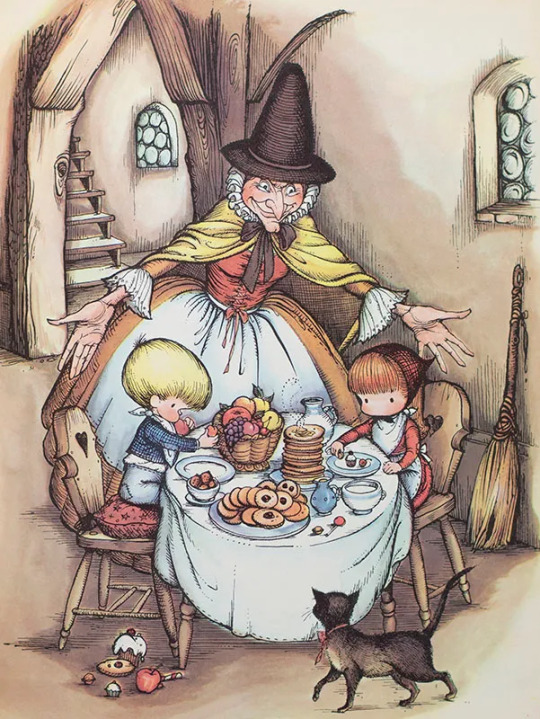





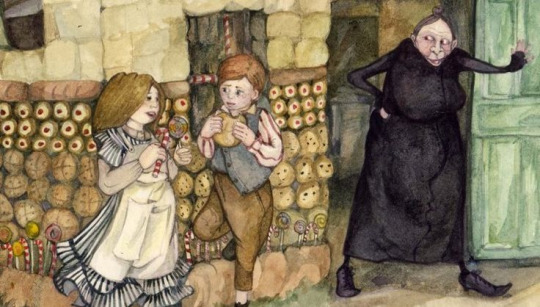





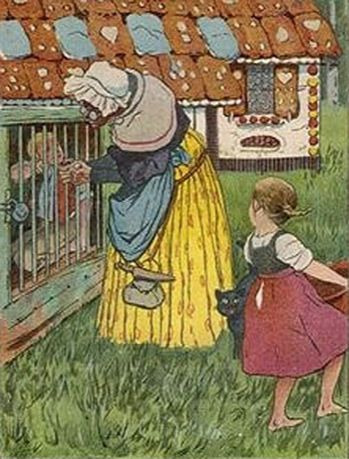



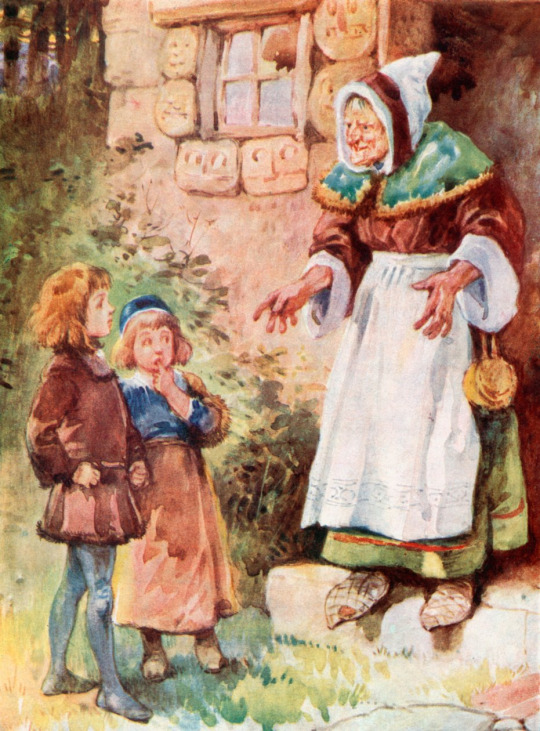


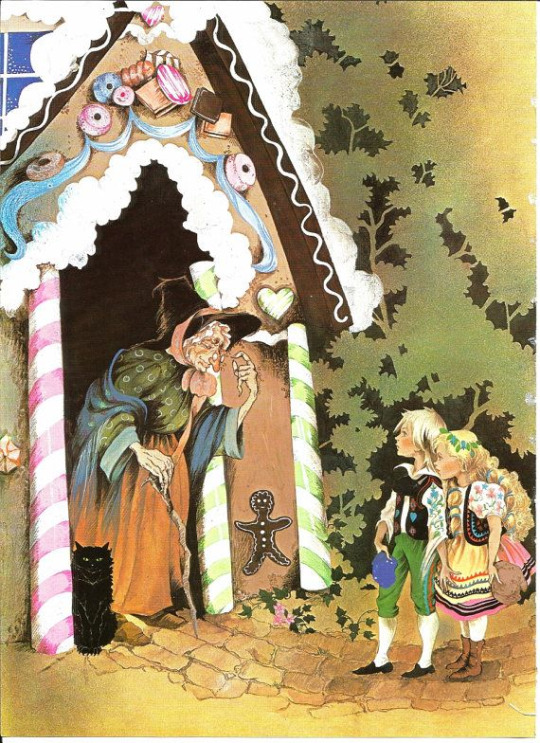



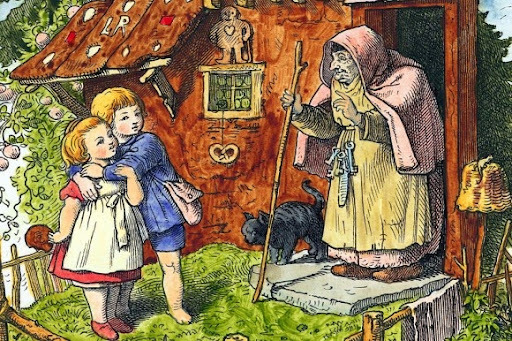
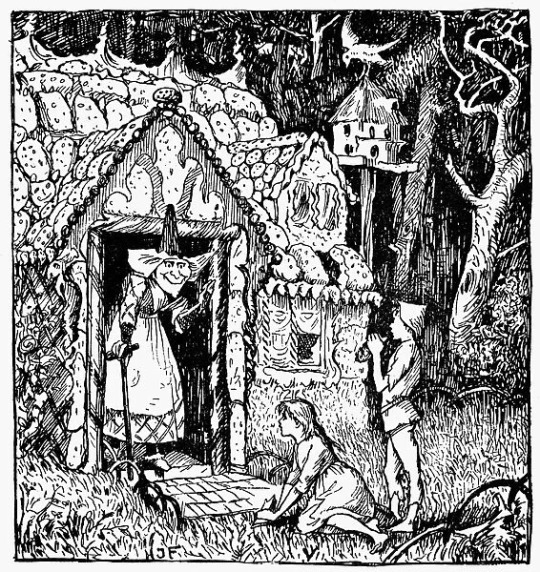
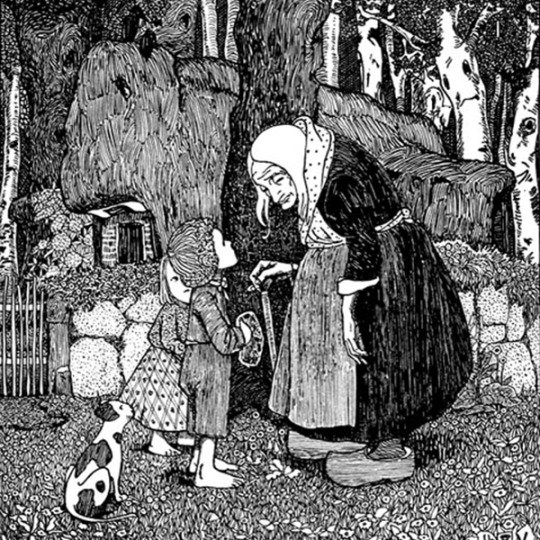
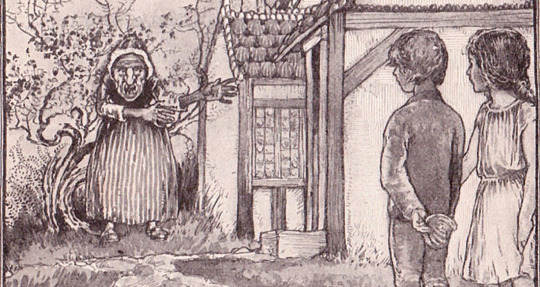
#hansel and gretel#illustrations#gingerbread house witch#witch#fairytale witch#fairytale illustrations#fairytale aesthetic
83 notes
·
View notes
Text

#babacore#witchcraft#dark cottagecore#witch#nightcore#dark aesthetic#darkcore#witchy#witchy things#witchythings#witchyvibes#dark fairytale#witchcore
5K notes
·
View notes
Text

I forgot to post it but back around summer I drew Baba Jaga's hut.
Try to find the cat!
#folklore#folklore art#baba yaga#fairytales#slavic#slavic art#slavic folklore#cozy#cozy cottage#maiden mother crone#wiccan#wicca#witch#pagan witch#witchy art#witchcraft
411 notes
·
View notes
Text
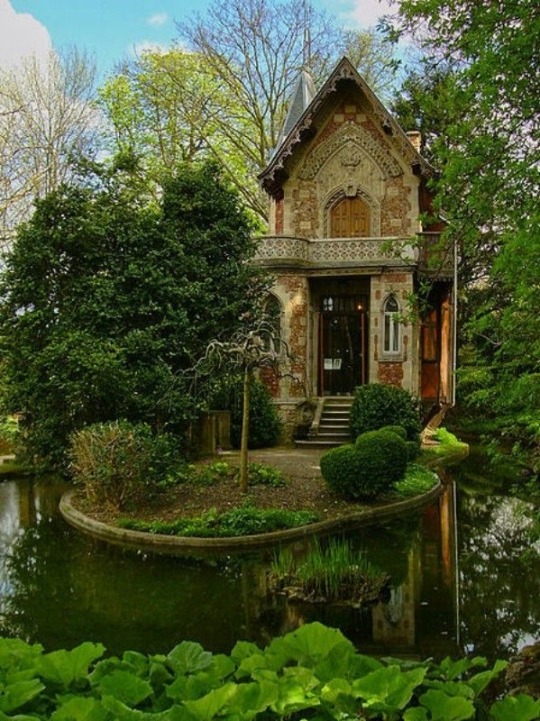

I once had a dream I was floating on a floatie in Monet’s garden and drifted under a bridge, full of wonder
#cottagecore#farmcore#fairycore#dark academia#gnomecore#hike#fairy garden#fairy cottage#fairy aesthetic#dark fairytale#cottage garden#cottage living#cottage witch#cottage academia#cottage aesthetic#cottage life
3K notes
·
View notes
Text

Un projet BD avec Barbara Canepa et Anaïs Halard.
#conte#fairytales#fairytale#illustration#fantasyart#fantasyartwork#barbaracanepa#florentsacre#anaishalard#bandedessinee#comics#nature#inkart#colors#graphicnovel#bdjeunesse#witch#witchcraft#childrenbook#skeleton#rabbits#art
1K notes
·
View notes